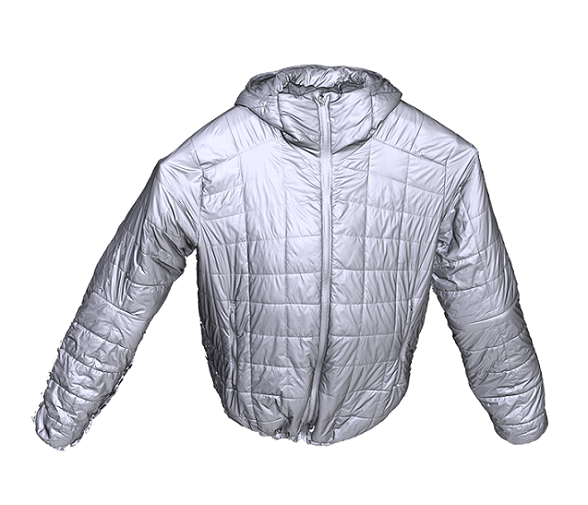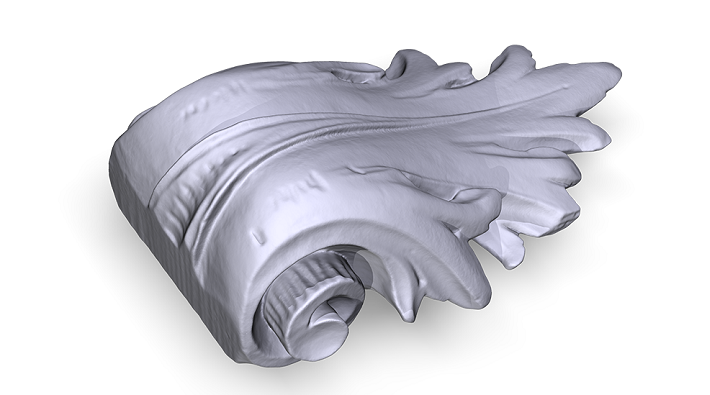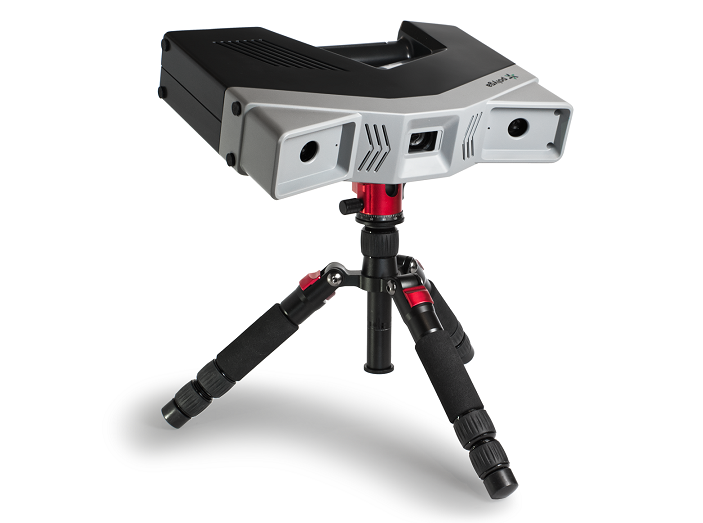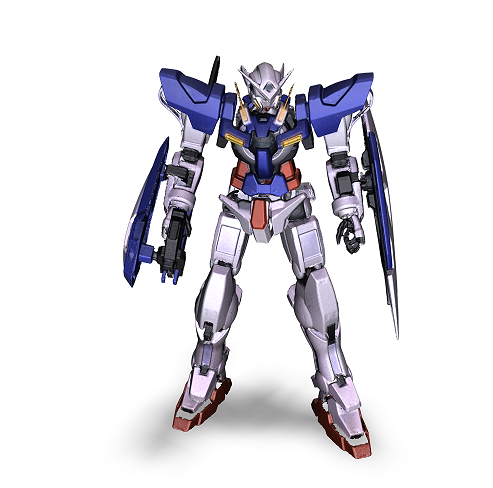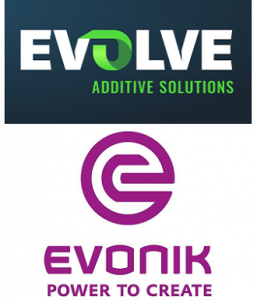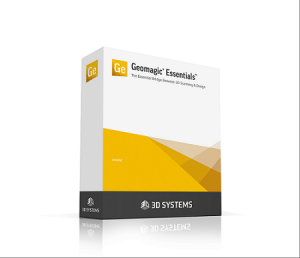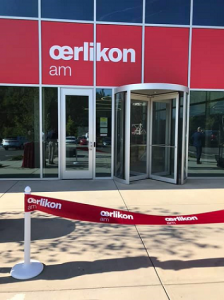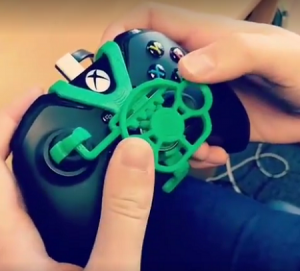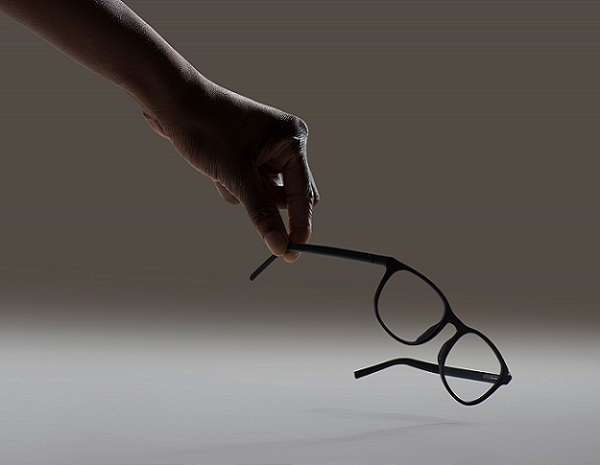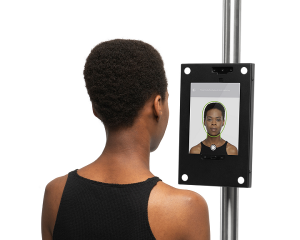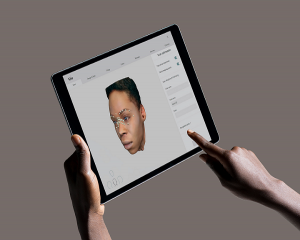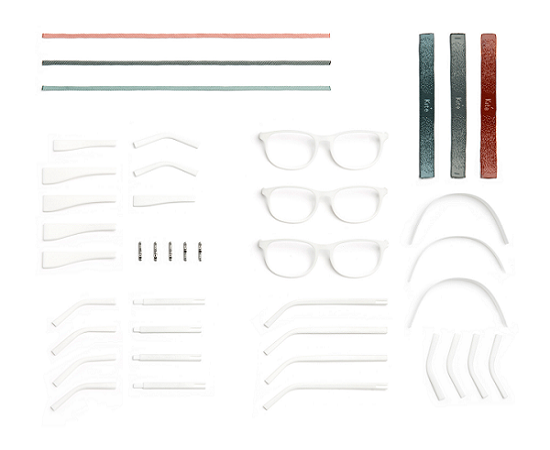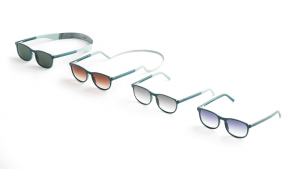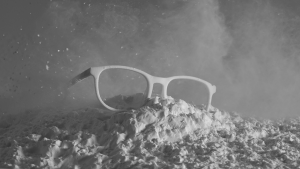In 2018, Polyga Inc., a Canadian developer of 3D scanning and mesh processing technologies, introduced its HDI Contact series of easy-to-use 3D scanners. Now, the company has released its new high-accuracy H3 handheld 3D scanning system, what the company frames as a professional, all-purpose scanner that can produce 3D scans with the kind of high quality you would expect from stationary scanners.
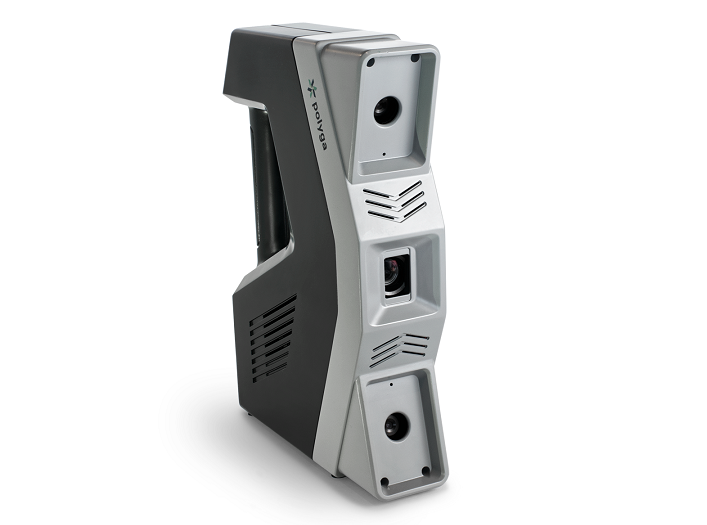 Powered by FlexScan3D software, like all Polyga’s stationary 3D scanners, the H3 was created with agility in mind. According to the company, the 3D scanning experience you get with the H3 is seamless, as the responsive device can help you complete 3D scanning projects in far less time, thanks to its high-processing speed all the way from data capture to post-processing.
Powered by FlexScan3D software, like all Polyga’s stationary 3D scanners, the H3 was created with agility in mind. According to the company, the 3D scanning experience you get with the H3 is seamless, as the responsive device can help you complete 3D scanning projects in far less time, thanks to its high-processing speed all the way from data capture to post-processing.
“Leveraging the technology and experience in developing Polyga’s stationary 3D scanning systems, the 280 x 200 x 60 mm H3 produces one of the highest accuracy in a single-shot scan for a handheld system in its class,” the Polyga H3 brochure states. “The Polyga H3 is simply an all-round professional handheld 3D scanner that’s easy to use, portable, and high-accuracy—all at an affordable price.”
Polyga named its new H3 well, as the name is mean to represent the 3D scanner’s most prominent features: handheld, high-accuracy, and hybrid. First, the H3 system offers convenient point and shoot scanning, and it’s easy to pack up and take with you to off-site projects. With an accuracy of up to 80 microns, the new device can produce up to 1.5 million points per scan. Finally, and I think this is the best part, you can actually mount the H3 on a tripod to transform it into a hands-free stationary 3D scanner. A rotary turntable provides automated 3D scanning for those times when you need your hands for something else.
“We wanted to create a handheld 3D scanner that produces scan data as good as our stationary 3D scanners. This professional handheld system uses our proprietary, multi-image scanning patterns for 3D capture that we’ve traditionally used with our stationary 3D scanners,” explained Polyga Inc.’s President Thomas Tong. “That’s why the H3 captures high-accuracy scans in a single shot. The system produces equally high-quality data in both handheld and stationary modes.”
The handheld Polyga H3 scanner is meant to work quickly, capturing physical objects and turning them into digital 3D models in only minutes, thanks to dual industrial-grade cameras, encoding data at a high speed of 700 frames per second. This is definitely in line with the company’s mission to provide equipment that’s not only easy to use but also provides high quality, in order to give users a good experience.
The H3 is optimal for a variety of industry applications, such as archaeology, art, computer vision, design, manufacturing, medical, and research. It can scan many different objects that are roughly 10 cm to 2 meters in size, such as artifacts, mechanical parts, and even people. Paired with the Polyga software, the device can turn those items into accurate, digital 3D models. Additionally, the Polyga H3 is available in several options ranging from monochrome to color, when you need to capture high-quality color and texture scans.
The handheld Polyga H3 3D scanner is immediately available for purchase, at a price of $9,990. The company refers to this as an affordable scanner, and it does seem comparable in price compared to several other handheld 3D scanning systems, like the EinScan Pro 2X Plus, Faro Freestyle3D, the Artec Eva Light, and Thor3D’s Calibry.
Discuss this story and other 3D printing topics at 3DPrintBoard.com or share your thoughts in the Facebook comments below.
(Images provided by Polyga)
The post Polyga Releases Professional Handheld H3 3D Scanning System appeared first on 3DPrint.com | The Voice of 3D Printing / Additive Manufacturing.

